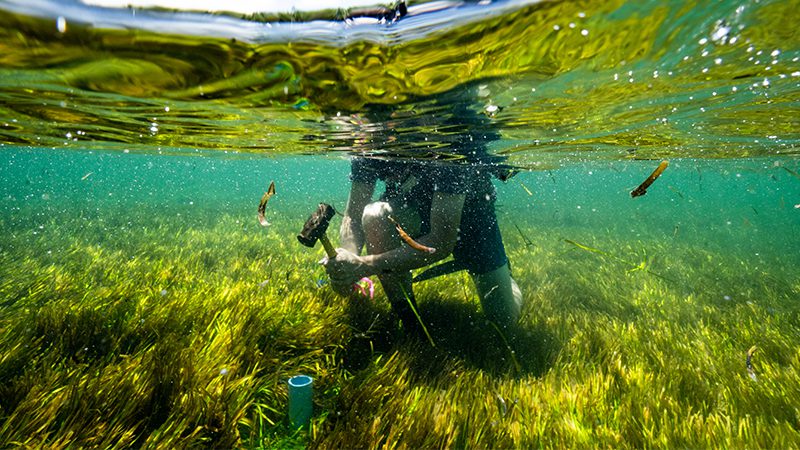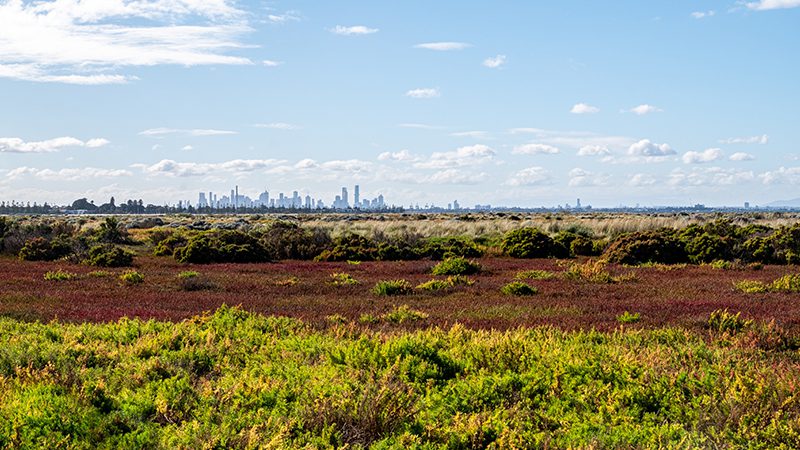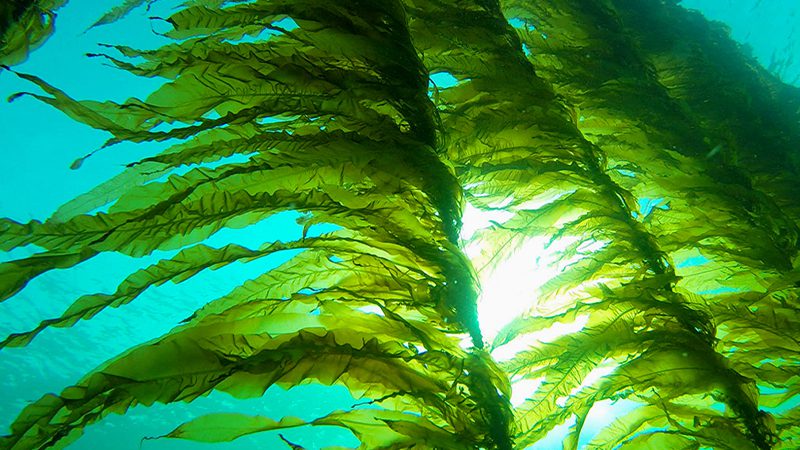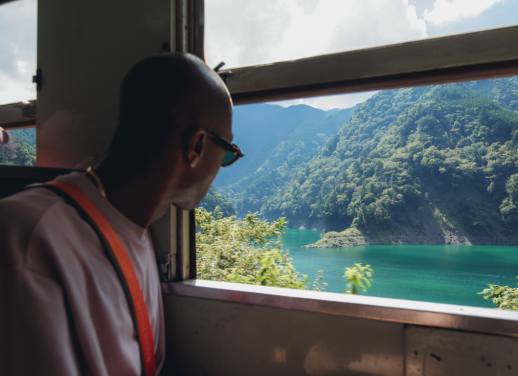The powerful potential of seaweed as a climate change solution caught the attention of people right across the world.
Seaweed might not be the first thing that comes to mind when you’re thinking about reducing carbon emissions, but this unlikely hero does a lot more than provide a spot for Nemo and his friends to play hide and seek. Because seaweed ‘breathes’ underwater, it helps pull carbon dioxide (CO2) out of the ocean and therefore out of the world’s atmosphere, slowing the rate of climate change by absorbing large amounts of CO2. The good news is there’s now more seaweed ‘doing its thing’ than ever before thanks to an innovative climate change solution.
In 2019, The Intrepid Foundation partnered with ‘2040’ and the Climate Foundation and the University of Tasmania to launch a public crowdfunding campaign for ‘Seaweed: The Regeneration’. The campaign raised A$600,000 that helped to support the research needed to deploy the first marine permaculture platform in Australian waters, creating healthy seaweed forests that assist with regenerating life in the ocean. A cold storage technique to enable long term storage of kelp in its microscopic stages has also produced a ‘seed bank’ which is being used to continue growing kelp offshore and build on the initiative’s success.

After populating the breeding lines with kelp bred in the lab, the baby kelp was grown from spores collected from ‘wild’ specimens in remnant populations. Now a mighty 10 metres in length, this seaweed has laid the foundations to expand the scope and scale of the work. After experiencing some challenges with the initial method of planting, the project has gone from strength to strength with additional prototype testing being undertaken in the Philippines. In 2021, the project team is planning a cooperative research proposal with the Blue Economy Cooperative Research Centre to take the next steps towards growing kelp offshore for commercial and environmental benefit.
But the climate emergency is continuing, so what’s next? Another unlikely hero – mangroves – together with their superhero sidekicks, tidal marshes and seagrasses.
Blue carbon provides a breath of fresh air

This terrific trio are stepping in to do their bit as part of Intrepid’s ongoing commitment to remove additional carbon dioxide from the atmosphere. After the success of ‘Seaweed: The Regeneration’, the Foundation’s focus has moved to coastal wetlands. Natural coastal wetlands – mangroves, tidal marshes, and seagrasses – are collectively known as ‘blue carbon’ ecosystems and they trap carbon 30-50 times faster than trees. These ecosystems also provide other benefits, including protecting our homes and settlements on the coast from flooding and storm damage, providing natural recreation spaces, and nurturing key fisheries.
The Foundation has partnered with Deakin University’s Blue Carbon Lab to restore the coastal wetlands that are critical to the survival of our planet. Think of it as a breath of fresh air for a planet in the grip of a climate emergency. This climate active project is underpinned by Intrepid’s seven-point commitment plan. This aims to remove additional carbon dioxide from the atmosphere and decarbonize our business by reducing emissions from trips and global operations.
Along with donating to the Blue Carbon Lab project, Blue Carbon Lab’s upcoming coastal restoration projects in Victoria will involve working with local communities, citizen scientists, and volunteers. If you want to do your bit for the planet in a hands-on way, this new project could be just what you’re looking for. Find out more about this exciting climate change solution and discover how it’s helping to restore coastal wetlands.




